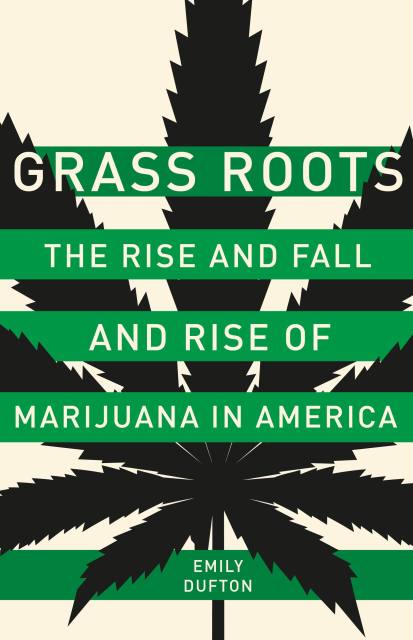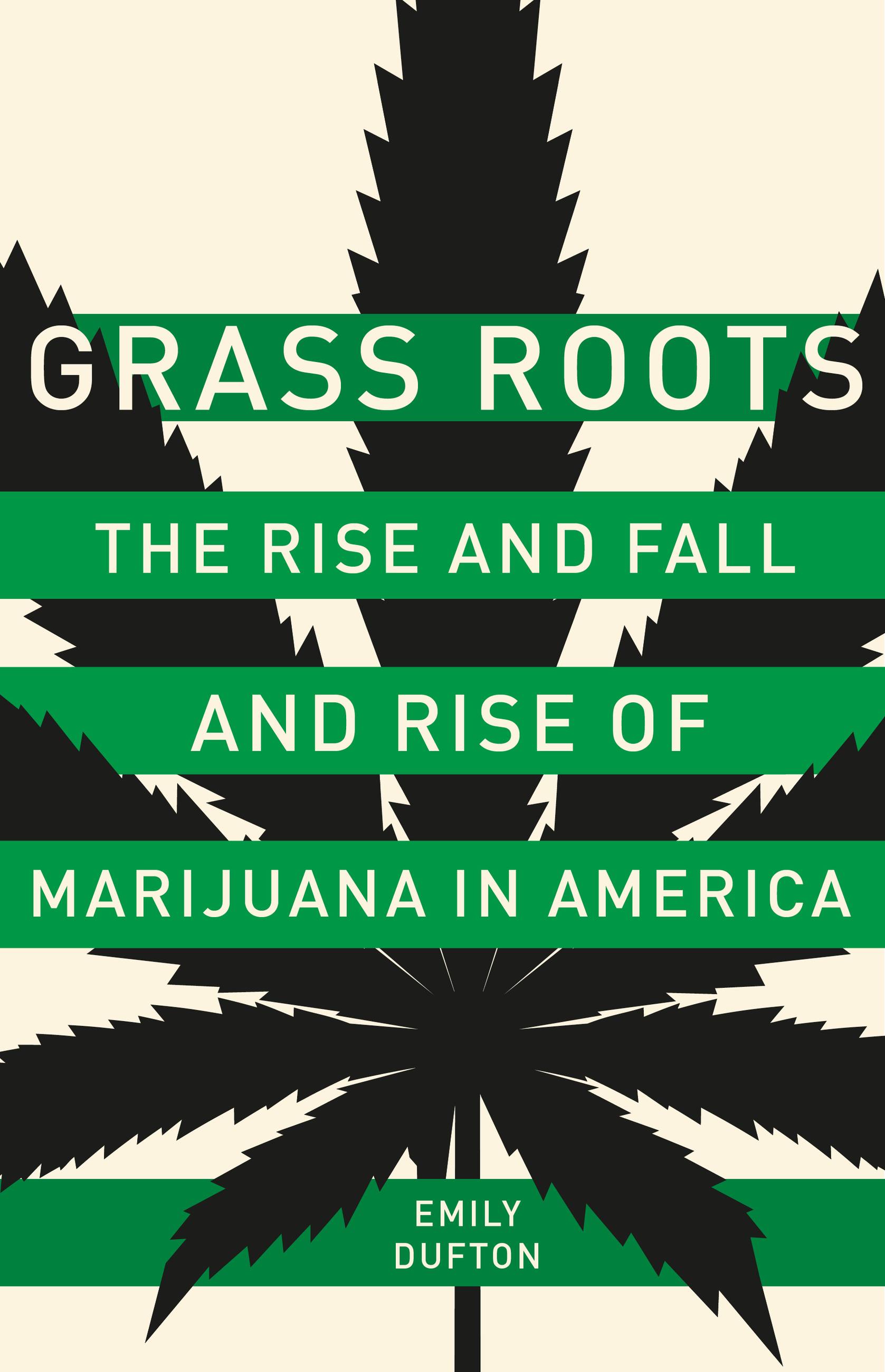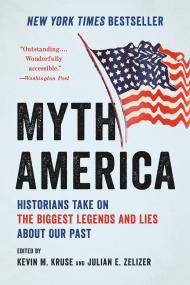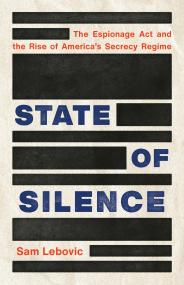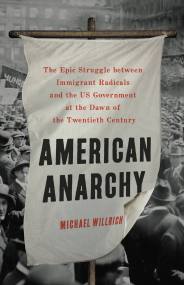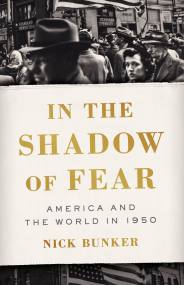Promotion
Use code MOM24 for 20% off site wide + free shipping over $45
Grass Roots
The Rise and Fall and Rise of Marijuana in America
Contributors
By Emily Dufton
Formats and Prices
Price
$16.99Price
$21.99 CADFormat
Format:
- ebook $16.99 $21.99 CAD
- Hardcover $30.00 $38.00 CAD
- Audiobook Download (Unabridged)
This item is a preorder. Your payment method will be charged immediately, and the product is expected to ship on or around December 5, 2017. This date is subject to change due to shipping delays beyond our control.
Also available from:
In the last five years, eight states have legalized recreational marijuana. To many, continued progress seems certain. But pot was on a similar trajectory forty years ago, only to encounter a fierce backlash. In Grass Roots, historian Emily Dufton tells the remarkable story of marijuana’s crooked path from acceptance to demonization and back again, and of the thousands of grassroots activists who made changing marijuana laws their life’s work.
During the 1970s, pro-pot campaigners with roots in the counterculture secured the drug’s decriminalization in a dozen states. Soon, though, concerned parents began to mobilize; finding a champion in Nancy Reagan, they transformed pot into a national scourge and helped to pave the way for an aggressive war on drugs. Chastened marijuana advocates retooled their message, promoting pot as a medical necessity and eventually declaring legalization a matter of racial justice. For the moment, these activists are succeeding — but marijuana’s history suggests how swiftly another counterrevolution could unfold.
Genre:
- On Sale
- Dec 5, 2017
- Page Count
- 320 pages
- Publisher
- Basic Books
- ISBN-13
- 9780465096176
Newsletter Signup
By clicking ‘Sign Up,’ I acknowledge that I have read and agree to Hachette Book Group’s Privacy Policy and Terms of Use
